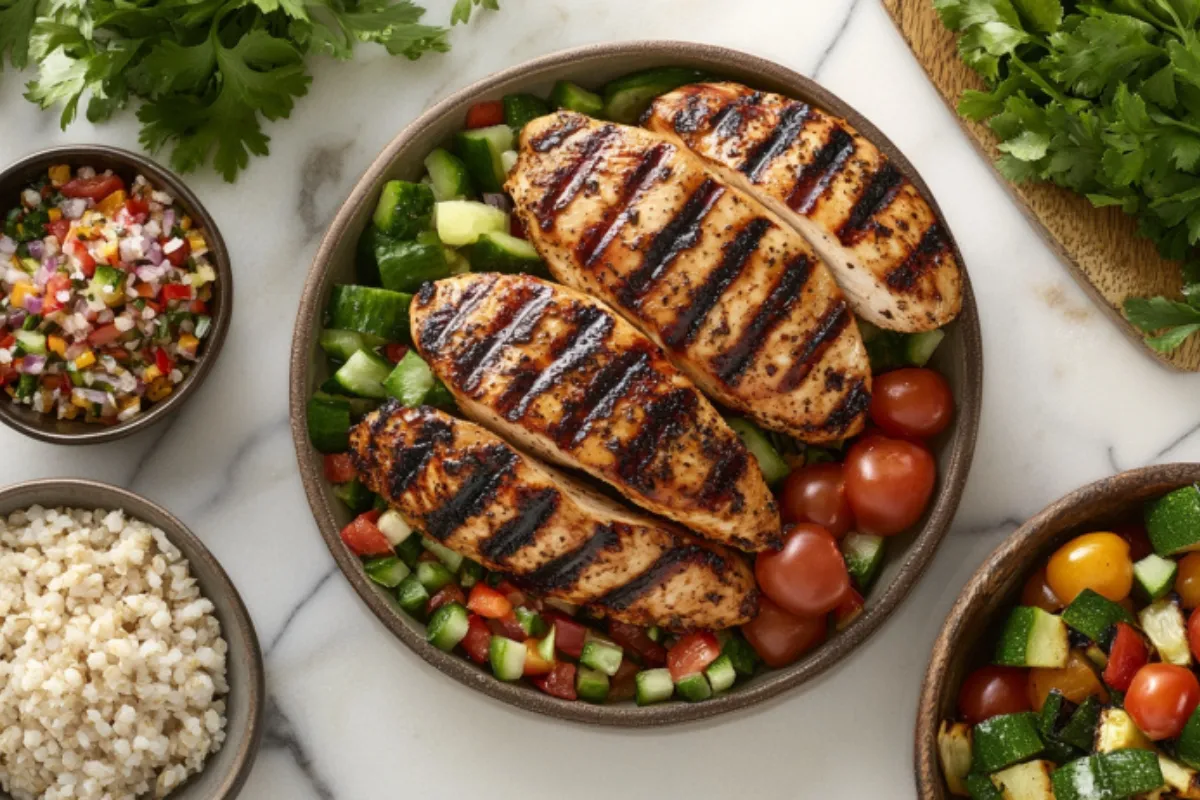The Versatility of Eggs in Cooking
Egg recipes are an essential part of many households, offering versatility, nutritional benefits, and ease of preparation. Whether you’re looking for quick breakfast ideas or dinner options, egg recipes are perfect for all occasions. They can be transformed into simple scrambled eggs, omelettes, frittatas, or even more complex baked dishes. This section will dive into the many benefits of cooking with eggs and how egg recipes can elevate your daily meals.
The Versatility of Eggs in Cooking
Egg recipes are some of the most versatile dishes you can make. From the simplest of scrambled eggs to more elaborate egg casseroles and quiches, egg recipes cater to a wide range of tastes and dietary needs. Not only are eggs easy to cook, but they also pair well with a variety of ingredients, allowing you to get creative in the kitchen. Whether you’re in the mood for a quick meal or want to prepare a flavorful egg dish for a special occasion, egg recipes are always a good choice.
Nutritional Value of Eggs
One of the main reasons why egg recipes are so beloved worldwide is their nutritional value. Eggs are packed with high-quality protein and essential vitamins, including vitamins A, D, and B12. This makes egg recipes an excellent choice for anyone looking to add nutrient-dense meals to their diet. Not only are egg recipes delicious, but they also provide the essential nutrients your body needs for energy and overall well-being.
Protein and Vitamins in Eggs
Egg recipes stand out for their ability to deliver a well-rounded source of protein. Whether you’re cooking scrambled eggs or an omelette, eggs offer a complete protein source. Additionally, the vitamins and minerals in eggs, such as iron and choline, are crucial for maintaining health, making egg recipes a nutritious option for any meal.
Why Eggs Are a Staple in Various Cuisines
Egg recipes have been an integral part of cuisines across the globe for centuries. From Asian stir-fries to French soufflés, egg dishes are found in almost every culture. The reason? Eggs are inexpensive, nutritious, and easy to prepare. Whether you’re making a quick breakfast or preparing a more complex dish for dinner, egg recipes offer endless possibilities. Their versatility and nutritional value are why eggs are a staple in households worldwide.
Who Should Care About Egg Recipes?
Egg recipes are not just for chefs or professional cooks; they are perfect for everyone! Whether you’re a home cook or a culinary enthusiast, learning a variety of egg recipes can help diversify your meals. Eggs are an affordable and accessible ingredient, making egg recipes ideal for those on a budget or in need of quick, tasty meals.
Home Cooks Looking for Quick, Affordable Meals
For those who love quick, budget-friendly meals, egg recipes are a lifesaver. They are not only affordable but can be prepared in minutes. If you’re pressed for time but still want something healthy and satisfying, egg recipes like scrambled eggs or a quick omelette are your go-to options. They’re easy to make and pack a punch when it comes to flavor and nutrition.
Professional Chefs and Cooking Enthusiasts
Professional chefs and cooking enthusiasts also rely on egg recipes for their versatility and ability to elevate a dish. Whether you’re preparing a high-end soufflé or a humble egg salad, egg recipes can be adapted to suit any level of cooking expertise. These recipes are an essential part of professional kitchens and are an excellent outlet for culinary creativity.
Key Facts About Eggs and Cooking Methods
Before diving into the different types of egg recipes, it’s important to understand the basics of cooking eggs. The method you use to cook eggs can dramatically change the texture and flavor of the dish. Here, we will look at the various cooking techniques that can be used in egg recipes and how they influence the final result.
Understanding the Different Types of Eggs
The type of egg used can make a difference in the egg recipes you create. From standard chicken eggs to duck eggs, the variety you choose can impact the richness and flavor of your dish. Eggs come in different sizes and colors, but what matters most is how you cook them.
Common Myths About Cooking Eggs
There are plenty of misconceptions when it comes to cooking eggs. Some people think that egg recipes like scrambled eggs should always be cooked over high heat, but this isn’t true. In fact, cooking eggs on low heat can result in a creamier texture. Avoiding these myths and focusing on proper egg-cooking techniques will help you perfect your egg recipes every time.
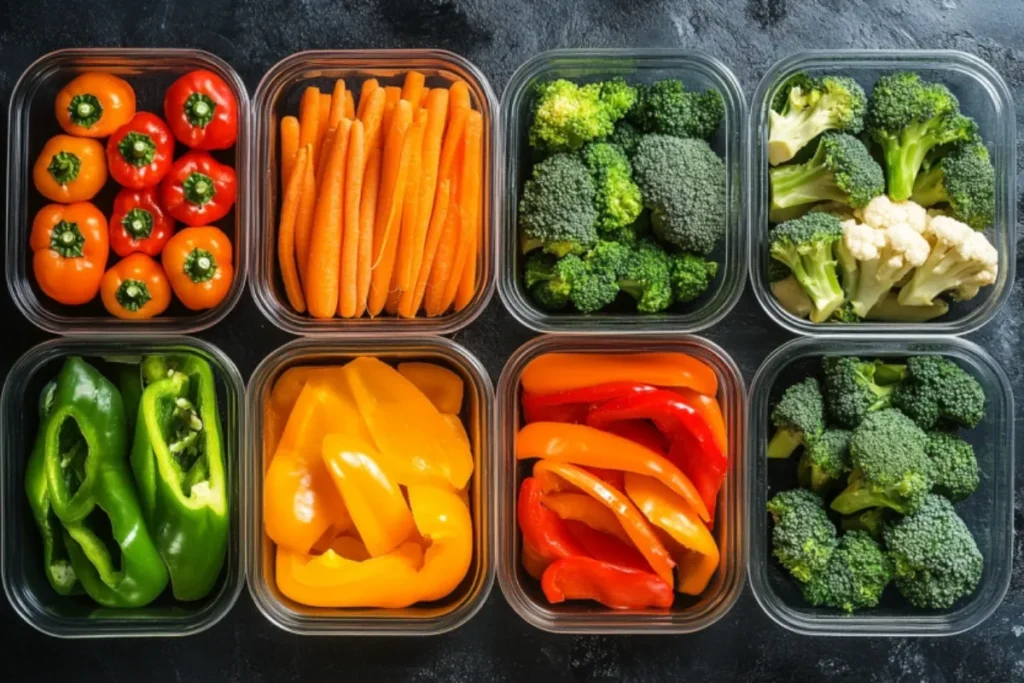
The Science of Cooking Eggs
Cooking eggs isn’t just about throwing them in a pan and hoping for the best. There’s some science behind it – and trust me, it’s actually pretty fascinating once you dive in! When you cook eggs, what you’re doing is essentially changing the proteins inside them. Eggs have two main components: the egg white (albumin) and the yolk. Both are made up of proteins that transform when exposed to heat.
Now, here’s the thing – overcooking or undercooking eggs can mess with their texture and taste. That’s why it’s so important to understand the cooking process and know how to control it. If you’re the type of person who’s constantly fighting with overcooked scrambled eggs or an undercooked omelette, don’t worry, you’re not alone. But luckily, with the right techniques, you can nail it every time.
The 5-5-5 Rule for Cooking Perfect Eggs
If you’re looking for a foolproof method to get perfectly cooked hard or soft boiled eggs, then the 5-5-5 method is your new best friend. It’s a simple technique that works like a charm, no matter what level of cooking you’re at. Here’s how it works:
- Boil the eggs for 5 minutes for soft-boiled eggs with a runny yolk.
- Let the eggs sit in hot water for another 5 minutes to set the whites.
- Then, transfer the eggs into an ice bath for 5 minutes to stop the cooking process and make peeling easier.
That’s it! You’re left with eggs that have tender whites and yolks that are just the right consistency.
Step-by-Step Breakdown of the 5-5-5 Method
Here’s a quick rundown of the steps:
- Fill a saucepan with water and place your eggs inside. Make sure there’s enough water to cover the eggs completely.
- Bring the water to a rolling boil over medium-high heat. Once it starts boiling, lower the heat slightly and set a timer for 5 minutes.
- After the initial 5 minutes, turn off the heat, cover the pot, and let the eggs sit in the hot water for another 5 minutes. During this time, the residual heat cooks the eggs through.
- Afterward, transfer the eggs into a bowl of ice water and let them sit there for 5 minutes. This stops the cooking process and makes peeling super easy.
This method works well for both soft and hard-boiled eggs, and it’s as simple as that. Whether you’re prepping eggs for breakfast, snacks, or salads, you’ll have consistent results every time.
If you enjoy meal prepping, these fluffy egg muffins are perfect for on-the-go mornings! Also, if you want to make sure your breakfast meals are also safe to eat and prevent you from food poisoning, you may want to check this article from Healthline about food poisoning
If you enjoy meal prepping, these fluffy egg muffins are perfect for on-the-go mornings! Check out our Healthy Meal Prep Ideas for more make-ahead meal ideas.
Why the 5-5-5 Method Works
The key to why the 5-5-5 method is so effective is its ability to control the cooking time and temperature. The initial 5-minute boil gives the eggs enough heat to cook the whites but not overcook the yolks. The second 5 minutes allows the eggs to set in the hot water, ensuring they’re fully cooked through. Finally, the ice bath locks in that perfect texture and makes peeling easy as pie. It’s foolproof, quick, and gives you eggs that look just as good as they taste.
Key Cooking Techniques for Eggs
Eggs are so versatile that there’s no one right way to cook them. Whether you prefer them runny, soft, or fully set, different techniques can bring out unique flavors and textures. So let’s dive into a few of the most popular methods.
Boiling, Scrambling, and Poaching Eggs
- Boiling Eggs: Boiling is one of the most basic, but essential, egg cooking techniques. Hard-boiled eggs are perfect for snacks or adding to salads, while soft-boiled eggs are ideal for dipping toast into that delicious, runny yolk. You can even use boiled eggs in sandwiches or as a topping for ramen. The 5-5-5 method mentioned earlier works wonders here!
- Scrambling Eggs: Scrambled eggs are a classic breakfast option and a great starting point for beginners. The key to perfect scrambled eggs? Low and slow heat. Cook them gently, stirring often, and keep them moist and soft. No one likes dry, rubbery scrambled eggs. Add a little milk or cream for extra richness if you’re feeling fancy.
- Poaching Eggs: Poaching eggs can feel a bit intimidating, but with the right technique, they’re actually pretty easy. Fill a pot with water, bring it to a gentle simmer, and add a splash of vinegar. Crack your egg into a small bowl and gently slide it into the water. After 3-4 minutes, you’ll have a perfectly poached egg with a beautifully runny yolk.
Frying and Baking Eggs
- Frying Eggs: Whether it’s sunny-side-up, over-easy, or crispy-edged, fried eggs are the ultimate breakfast comfort food. A non-stick pan and a little bit of butter or oil will get you a perfect fry. For a sunny-side-up egg, let it cook on one side until the whites are set but the yolk is still runny. If you prefer your yolk a little more cooked, just flip it for an over-easy finish.
- Baking Eggs: Baking eggs takes eggs to a whole new level. Think of dishes like baked egg casseroles, shakshuka, or even baked avocado eggs. You crack eggs into a dish, season them with your favorite spices or herbs, and bake them until the whites are set. This method works great for serving eggs in larger quantities, especially for brunch gatherings.
Common Challenges When Cooking Eggs
Overcooking and Undercooking Issues
One of the trickiest parts of cooking eggs is getting the timing just right. Overcooked eggs can become tough, dry, and rubbery, while undercooked eggs might leave you with gooey, runny whites. The key to avoiding both is paying attention to heat and time. Overcooking can easily happen if you cook eggs on too high of a heat or for too long, so it’s important to adjust your temperature as needed and use a timer.
The 5-5-5 method is a great example of how timing can make all the difference. By controlling the cooking process and following a simple set of steps, you can achieve eggs that are cooked to perfection every time.
Fixing the Texture and Taste of Eggs
Sometimes, despite your best efforts, eggs can end up with an off-putting texture or taste. If you find yourself with overcooked eggs, don’t despair. You can try incorporating some fat, like butter or olive oil, into scrambled eggs to bring back some moisture. For boiled eggs, if the yolk turns out dry or chalky, try cooking them for a shorter time next time.
With eggs, it’s all about finding the right balance of heat, time, and technique. Once you master a few core methods, you’ll be cooking eggs like a pro in no time.
Popular Egg Dishes Around the World
Egg recipes come in countless varieties worldwide, from the classic American scrambled eggs to French omelettes and Spanish tortilla. Each culture has its own unique spin on cooking with eggs, proving just how versatile eggs can be as a base for so many delicious dishes.
Breakfast Favorites
- Scrambled Eggs and Variations: Scrambled eggs are the go-to breakfast staple, but there’s plenty of room to get creative here. Try adding cheese, herbs, or veggies for a richer, more flavorful dish. You can also spice them up with salsa or hot sauce for an added kick.
- Omelettes and Frittatas: Omelettes are an easy, yet versatile, breakfast option. You can fill them with cheese, ham, mushrooms, or any other ingredient you like. Frittatas, on the other hand, are an Italian twist on the classic omelette. They’re often thicker, and they can be served hot or cold.
Eggs in Lunch and Dinner
- Egg Salad and Deviled Eggs: Both are classics, and for a good reason. Egg salad is a great make-ahead lunch, while deviled eggs are perfect for parties and gatherings. Add your favorite spices or a touch of curry powder to give these dishes a unique twist.
- Quiches, Casseroles, and Baked Dishes: Quiches are savory pies filled with eggs, cream, and various fillings like spinach, cheese, and bacon. You can also try baked egg dishes like casseroles, which are perfect for serving a crowd.
Egg-based Desserts
- Custards, Flans, and Meringues: Eggs aren’t just for savory dishes. They’re a key ingredient in many delicious desserts, like custards and flans, which are creamy and rich. Meringues, on the other hand, are light and airy, made by whipping egg whites with sugar to create delicate desserts or toppings for pies.
Cooking Eggs in the Real World: Tips & Tricks
Cooking eggs may sound simple, but there are endless ways to tweak your technique depending on what you’re trying to make. Whether you’re feeding yourself on a lazy Sunday morning, preparing a meal for friends, or cooking for a big family dinner, getting your eggs just right can make all the difference. Let’s dive into some practical tips and tricks to keep your eggs at their best no matter the situation.
1. Temperature Control is Key
One of the most important things to keep in mind when cooking eggs is heat. Too much heat will overcook the proteins, making your eggs tough and rubbery. On the other hand, too little heat will leave you with eggs that aren’t fully set or cooked through.
For scrambled eggs, keep the heat on low to medium-low. It might take a bit longer, but the result is worth it. The low heat gives you soft, creamy eggs instead of the dry, rubbery kind. Similarly, when frying eggs, don’t turn the heat up too high, especially if you want your yolk to stay runny.
2. Invest in a Non-Stick Pan
A non-stick pan is a game changer when it comes to cooking eggs. Whether you’re scrambling, frying, or making an omelette, a non-stick surface helps prevent the eggs from sticking, which can make them hard to flip and can mess with the texture. Plus, it makes cleanup a breeze.
For best results, make sure you use just a little butter or oil to coat the pan—too much fat can interfere with the eggs’ natural texture. Also, make sure your pan is preheated before adding the eggs. If you’re frying, this is particularly important because it ensures the egg whites cook evenly without sticking.
3. Fresh Eggs Make a Difference
You might not think it matters, but the freshness of your eggs can have a huge impact on the final dish. Fresh eggs will have firmer whites and rounder yolks, which make for better scrambled eggs, omelettes, and fried eggs. If you’re making a poached egg, fresh eggs are especially important because the whites will hold together better, resulting in a neat and beautiful egg.
So, when possible, choose farm-fresh eggs or check the “sell by” date on your carton to make sure your eggs are as fresh as possible. Eggs that have been sitting in the fridge for a while tend to spread out when you crack them open, which is not ideal for certain dishes, especially poached eggs.
4. Seasoning: Less is More
When it comes to eggs, sometimes less is more. While adding too much seasoning can overpower the delicate taste of eggs, a simple sprinkle of salt and pepper can do wonders. You can also experiment with adding fresh herbs like chives, parsley, or dill for an extra burst of flavor.
If you’re cooking scrambled eggs, a touch of cream, milk, or even sour cream can add richness and help keep the eggs soft. However, avoid overdoing it. Adding too much dairy can make your eggs greasy and heavy, which is a total buzzkill when you’re going for light and fluffy.
5. Using Eggs as a Meal Base
Eggs aren’t just for breakfast, and they’re incredibly versatile when it comes to building meals. They can be added to sandwiches, used to top bowls of ramen, or even incorporated into grain bowls for a healthy lunch. Here are some ideas for using eggs as the star of your meal:
- Egg Sandwiches: A fried egg on a toasted English muffin with cheese, avocado, and maybe a slice of bacon makes for a quick and delicious breakfast or lunch.
- Eggs on Rice: A fried or poached egg on a bowl of seasoned rice is a satisfying and comforting meal. Top it with soy sauce, sriracha, and veggies for extra flavor.
- Shakshuka: This Middle Eastern dish features eggs poached in a rich, spiced tomato sauce. It’s perfect for a brunch gathering or a filling dinner, served with crusty bread to dip into the sauce.
- Egg Fried Rice: Leftover rice? Fry it up with a couple of eggs and your choice of veggies for an easy, tasty meal.
The Best Egg Recipes to Try at Home
If you’re eager to get into the kitchen and test out your newfound egg skills, I’ve got a couple of recipes you need to try. These dishes are crowd-pleasers and super easy to make, whether you’re cooking for yourself or for a group.
Classic Scrambled Eggs
Ingredients:
- 4 large eggs
- 1 tablespoon butter
- Salt and pepper to taste
- 2 tablespoons milk or cream (optional)
Instructions:
- Crack the eggs into a bowl and whisk them until fully blended. Add a pinch of salt and pepper. For extra creamy scrambled eggs, whisk in the milk or cream.
- Heat a non-stick skillet over medium-low heat. Add the butter and let it melt, swirling the pan to coat the bottom.
- Pour the eggs into the pan. Let them sit for a few moments before gently stirring with a spatula. Keep stirring occasionally until the eggs form soft curds.
- Once they’re cooked to your desired consistency, remove them from the heat. Serve immediately, garnished with fresh herbs if desired.
Nutritional Information (per serving):
- Calories: 210
- Protein: 12g
- Fat: 18g
- Carbs: 1g
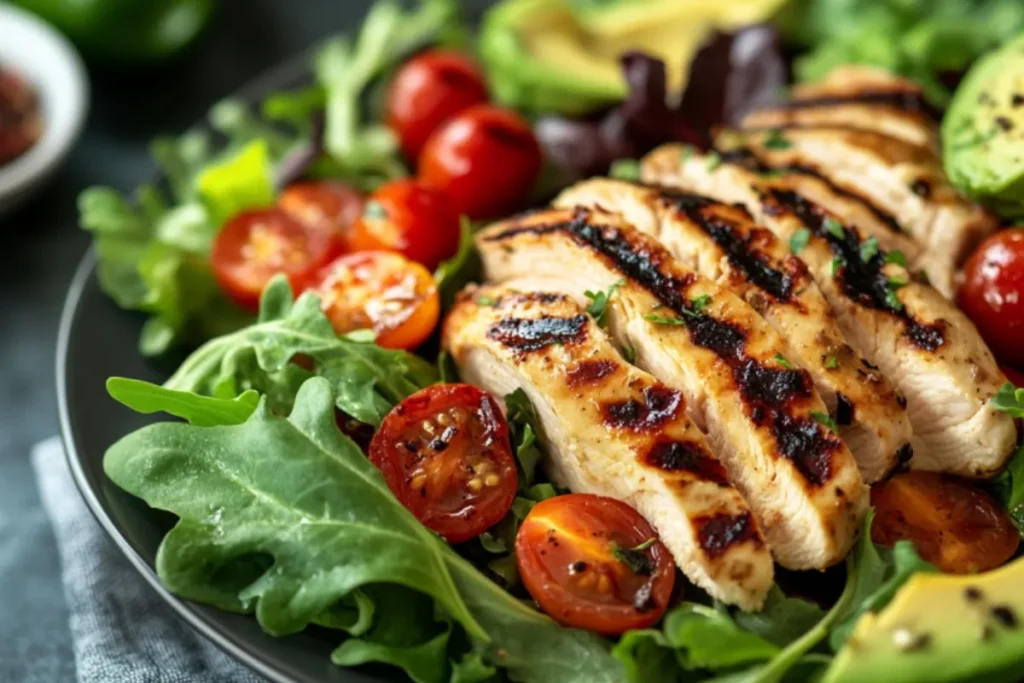
Shakshuka (Poached Eggs in Spicy Tomato Sauce)
Ingredients:
- 1 tablespoon olive oil
- 1 onion, diced
- 1 bell pepper, diced
- 2 cloves garlic, minced
- 1 can (14.5 oz) diced tomatoes
- 1 teaspoon paprika
- 1 teaspoon cumin
- 4 large eggs
- Salt and pepper to taste
- Fresh cilantro for garnish
Instructions:
- In a large skillet, heat the olive oil over medium heat. Add the diced onion and bell pepper. Sauté for 5-7 minutes until softened.
- Add the garlic, paprika, and cumin, and cook for another 1-2 minutes.
- Add the diced tomatoes, salt, and pepper, and stir to combine. Let the sauce simmer for 10 minutes until it thickens slightly.
- Use a spoon to make small wells in the sauce. Crack the eggs into each well, cover the skillet, and cook for 5-7 minutes, or until the eggs are done to your liking.
- Garnish with fresh cilantro and serve with warm pita or crusty bread.
Nutritional Information (per serving):
- Calories: 250
- Protein: 14g
- Fat: 18g
- Carbs: 20g
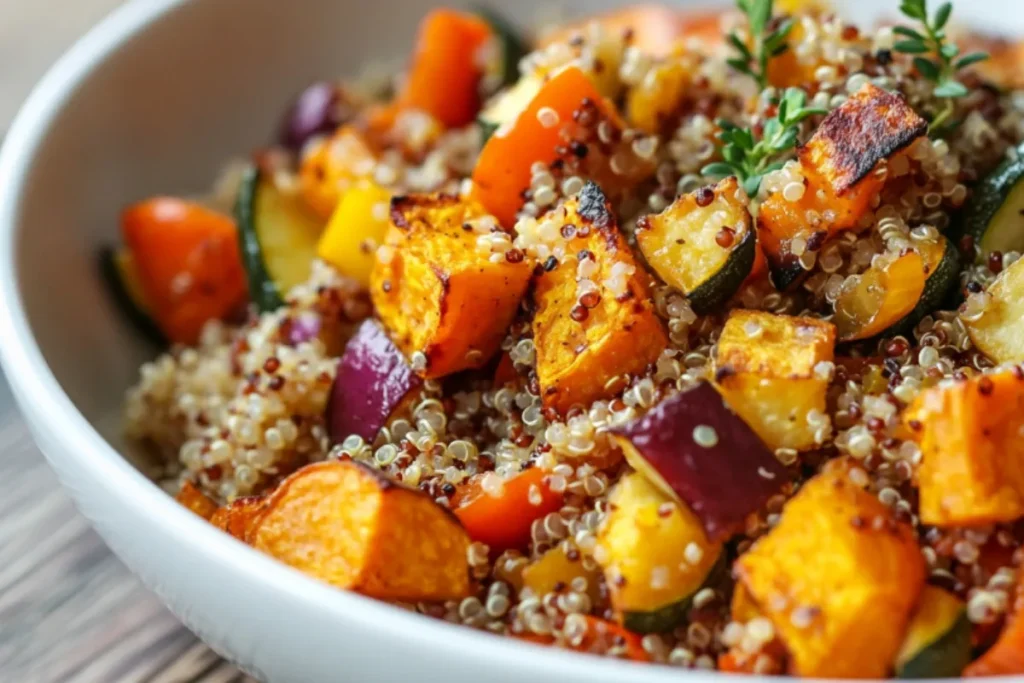
Conclusion: Eggs, the Unsung Hero of Cooking
Eggs are, without a doubt, one of the most versatile and essential ingredients in any kitchen. They’re simple, but they can elevate nearly any dish, from a basic breakfast to a show-stopping dinner. Whether you’re boiling, frying, scrambling, or poaching, understanding the science behind eggs and practicing the right techniques will take your cooking to the next level.
By mastering a few core methods—like the 5-5-5 rule for boiling eggs or perfecting the art of scrambled eggs—you’ll unlock the secret to cooking eggs just the way you like them. And the best part? Eggs are easy to work with, don’t require too many ingredients, and can fit into just about any meal. So, go ahead, experiment, and enjoy the endless possibilities that eggs bring to your table!
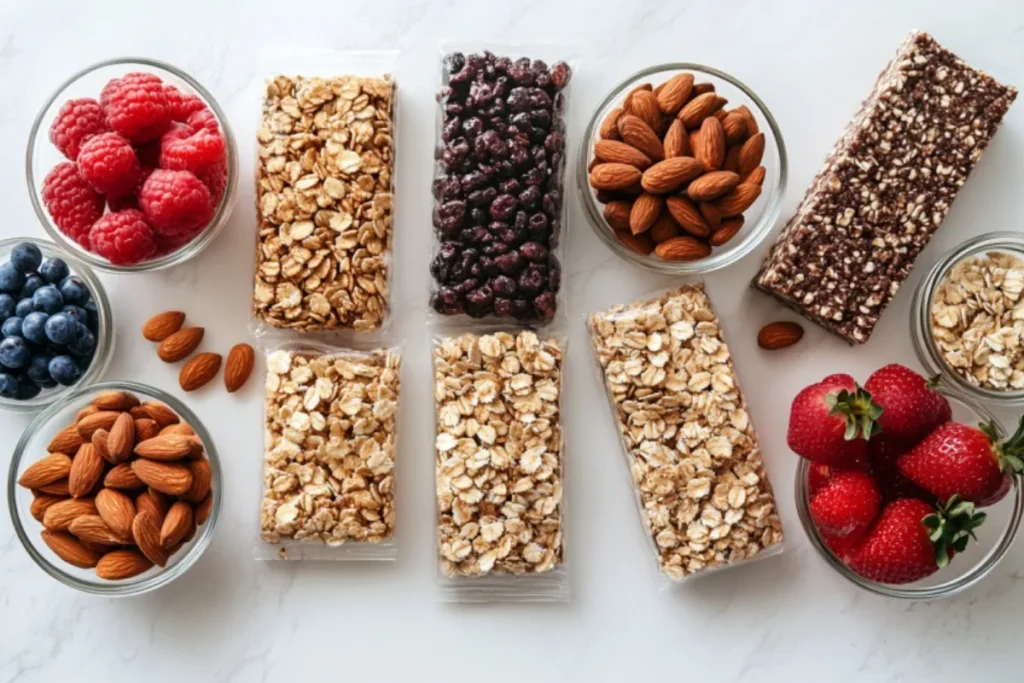
FAQs
What is the 5-5-5 rule for eggs?
The 5-5-5 rule is a popular method for boiling eggs to perfection. It involves cooking eggs in boiling water for 5 minutes, followed by 5 minutes of resting in hot water off the heat, and finally, a 5-minute ice bath. This process helps achieve eggs with firm whites and slightly soft yolks. It’s perfect for those who prefer soft-boiled eggs, though you can adjust the timing for harder yolks by adding a bit more time in the hot water. Remember, the key is to time each step carefully, ensuring that your eggs turn out just the way you like them!
What to make with an excess of eggs?
If you find yourself with more eggs than you know what to do with, don’t worry! There are tons of great recipes to use them up. You can make:
- Frittatas or omelettes, using up leftover vegetables, meats, or cheese for a quick and filling meal.
- Egg salad or deviled eggs for a tasty snack or appetizer.
- Baked goods, such as cakes, muffins, or even custards that incorporate eggs into the recipe.
- Egg fried rice—a great way to transform leftovers into a hearty, savory dish.
- Egg custards or flans, which are rich, creamy desserts that make the most of eggs.
Eggs are incredibly versatile, so whatever you have on hand, you can likely find a way to use them up without waste.
Why are Gordon Ramsay’s eggs so good?
Gordon Ramsay’s eggs are considered among the best because of his technique, which focuses on soft, creamy scrambled eggs. His approach emphasizes careful temperature control, gentle stirring, and patience. He doesn’t rush the cooking process, and it’s that attention to detail that helps him achieve those velvety, soft results. In addition, Ramsay recommends adding a touch of cream or butter for richness and using the freshest eggs possible. His method may take a little longer, but the results are well worth the wait.
How does Gordon Ramsay cook his eggs differently?
Gordon Ramsay’s method for scrambled eggs is all about controlling the heat and texture. Rather than cooking eggs at high heat (which can lead to dry, rubbery eggs), Ramsay cooks them on low heat, stirring continuously to create soft, velvety curds. He’s also known for adding butter (and sometimes cream) for richness. Another key aspect is removing the eggs from the heat before they’re fully done—letting the residual heat finish the job. This technique results in eggs that are creamy, smooth, and incredibly flavorful.
What is Gordon Ramsay’s secret ingredient for eggs?
Gordon Ramsay’s secret ingredient for perfect scrambled eggs is butter. He uses a generous amount to give the eggs a rich, smooth texture. Additionally, Ramsay often adds a splash of cream or milk for an even creamier texture. His key tip is to cook the eggs slowly on low heat, stirring constantly, so the butter and cream have time to coat each curd of the egg, resulting in a soft, luxurious finish.
How does Ramsay achieve perfect scrambled eggs?
To achieve the perfect scrambled eggs, Gordon Ramsay focuses on two things: temperature control and timing. The key is cooking the eggs gently. Here’s a breakdown of his technique:
- Low Heat: Start with a cold pan and low heat. Ramsay cooks the eggs slowly to prevent them from drying out.
- Stir Constantly: Use a spatula to stir the eggs continuously, ensuring the curds form slowly and evenly.
- Remove Early: Ramsay takes the eggs off the heat just before they’re fully cooked, allowing the residual heat to finish cooking them to perfection.
- Butter: Add plenty of butter and a little cream for richness, making the eggs silky and smooth.
By paying attention to these details, you’ll create scrambled eggs that are creamy and not overcooked.
What are different egg dishes?
There are so many ways to incorporate eggs into your meals. Here are a few examples of classic and beloved egg dishes:
- Scrambled Eggs: A breakfast favorite, scrambled eggs can be made in various ways, from soft and creamy to firm and slightly dry.
- Poached Eggs: Eggs poached in water create delicate, tender whites and a runny yolk—perfect for topping toast, salads, or bowls.
- Omelette: A folded egg dish often filled with vegetables, cheese, or meats. It’s quick, customizable, and makes for a hearty breakfast or dinner.
- Egg Salad: A classic comfort food, made by chopping boiled eggs and mixing them with mayonnaise and seasonings. Serve it in a sandwich or as a salad topping.
- Deviled Eggs: Hard-boiled eggs with the yolk removed and mixed with mustard, mayo, and spices before being refilled into the whites.
- Quiche: A savory egg custard baked in a pie crust with vegetables, cheese, and meat—ideal for brunch or lunch.
- Shakshuka: A Middle Eastern dish where eggs are poached in a spiced tomato sauce. It’s a great one-pan meal for breakfast or dinner.
What is the difference between scrambled and poached eggs?
Scrambled eggs and poached eggs may both involve cracking eggs into a pan, but the methods and outcomes are quite different:
- Scrambled Eggs: These are beaten and cooked in a pan, often with butter or cream, resulting in soft, fluffy curds. The texture can range from creamy to firmer, depending on your preferences.
- Poached Eggs: These are cooked in simmering water without their shell. The whites stay together around the yolk, creating a tender texture. Poached eggs are perfect when you want a runny yolk, often served over toast or salads.
Both types of eggs are delicious, but the cooking techniques and textures are what set them apart.
What are some popular egg-based dishes worldwide?
Eggs are used in a variety of ways across the globe, from quick breakfasts to elaborate dinners. Some famous egg-based dishes include:
- Japanese Tamago: A sweet, layered omelette typically served over sushi rice.
- Spanish Tortilla: A thick, hearty omelette made with potatoes and onions, often served in wedges.
- Indian Masala Eggs: Hard-boiled eggs spiced with curry powder and other seasonings, then fried or served in a curry sauce.
- French Quiche Lorraine: A rich, creamy pie made with eggs, cream, and bacon, baked in a buttery crust.
- Chinese Egg Drop Soup: A comforting soup where beaten eggs are poured into hot broth, creating silky ribbons of egg throughout.
Eggs are a global ingredient, and many cultures have put their unique spin on egg-based dishes.

